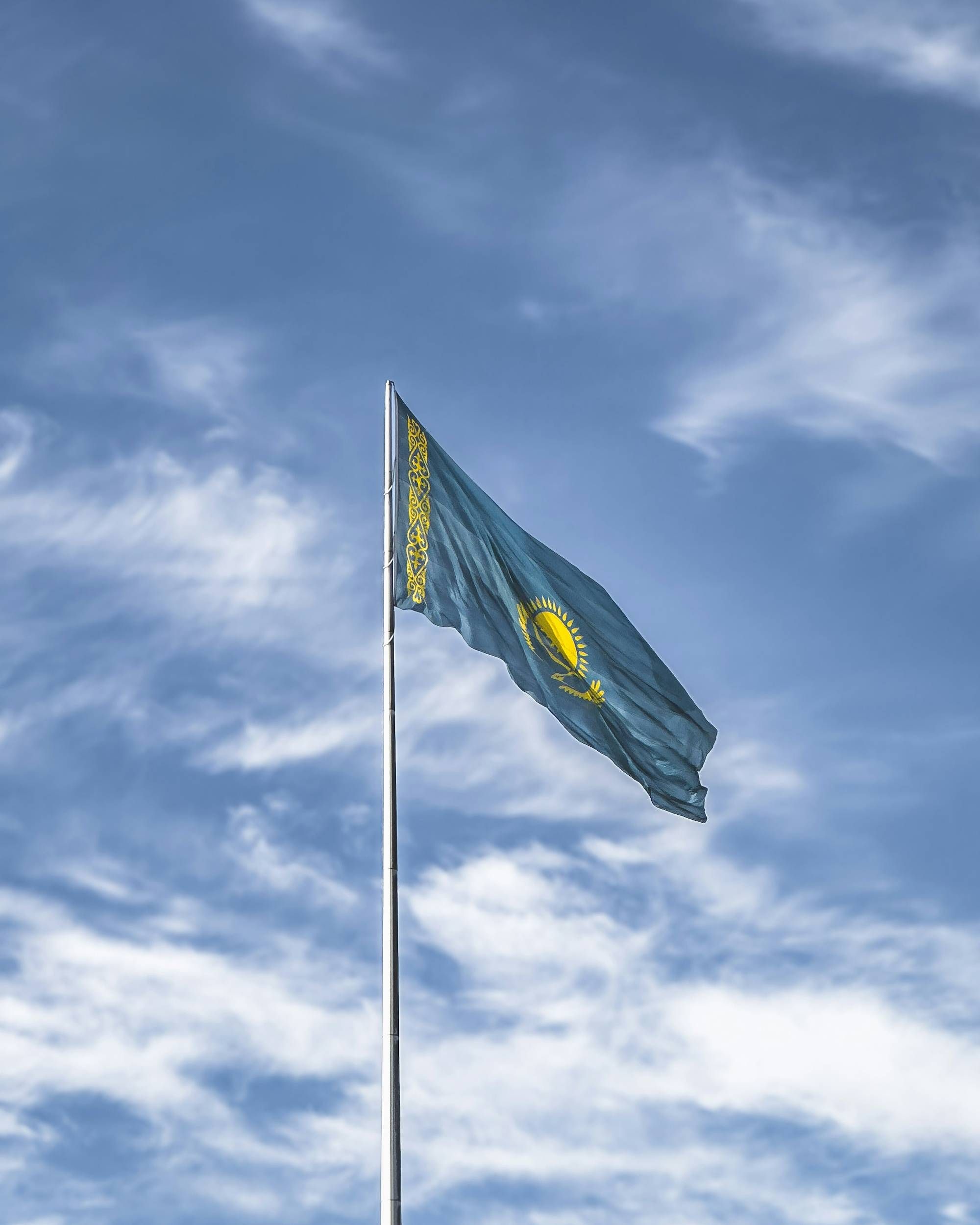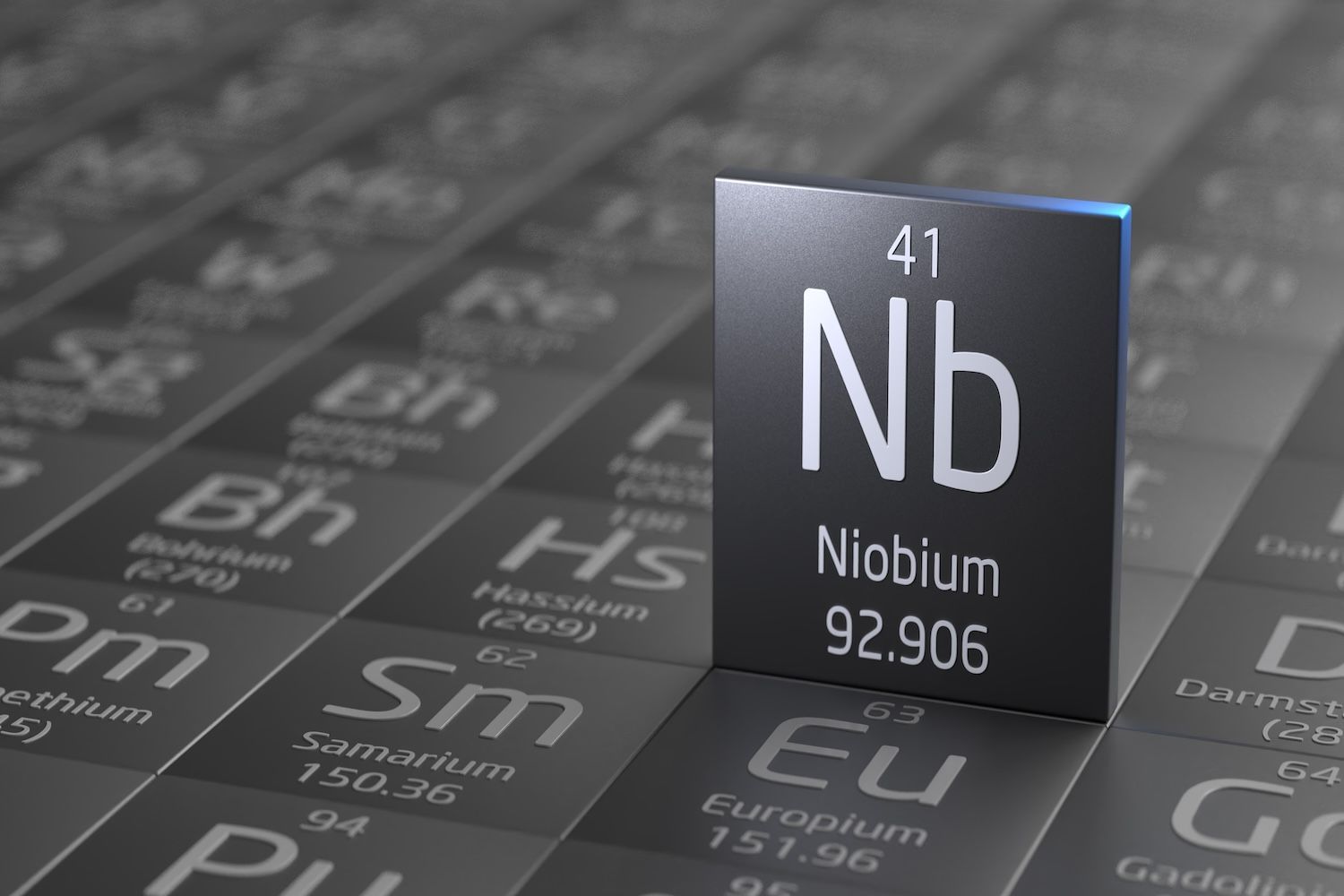
April 08, 2025
Global Tactical Metals Corp. (CSE: MONI) ("Global Tactical Metals Corp." or the "Company") is excited to announce the successful staking of the Green Mine, a historically significant antimony deposit located in the Wildhorse Mining District of the Humboldt Range, Pershing County, Nevada, U.S.A. This strategic staking aligns with our commitment to securing and developing critical mineral resources essential for modern industries.
Discovered during World War I, the Green Mine has a well-documented history of antimony production, with operations recorded during three distinct periods: 1936-1937, 1952-1954, and 1962-1967. Historical data confirms that the site produced 46 tons of antimony, with documented mineralization occurring along fault zones within altered gabbro, limestone and shale. Notably, historical sampling results from the Green Mine have demonstrated impressive grades, including:
- Antimony (Sb): 1.20% to 32.95%
- Lead (Pb): 0.6% to 3.9%
- Silver (Ag): 0.70 oz/ton to 16.20 oz/ton
- Gold (Au): 0.01 oz/ton to 0.07 oz/ton
Key minerals identified on the property include pyrite, arsenopyrite, jamesonite (Pb4FeSb6S14) and secondary bindheimite (Pb2Sb2O6(O,OH), and possibly boulangerite (Pb5Sb4S11) , further underscoring the site's mineral potential (Nevada Bureau of Mines and Geology online database; USGS Bulletin 2218).
High-grade antimony oxide ore has been identified in multiple locations across existing mine workings and surface outcrops, further validating historical reports of mineralization. To quantify the extent and grade of these occurrences, our team has collected a series of representative samples, which are currently being prepared for laboratory analysis. These assays will provide critical data on Sb content, associated metals, and ore characteristics, guiding our next phase of exploration and development.
Figure 1: Antimony Oxide Showings
To view an enhanced version of this graphic, please visit:
https://images.newsfilecorp.com/files/9172/247704_8c744cf3444a1ab0_001full.jpg
Figure 2: Exploration Team On Site
To view an enhanced version of this graphic, please visit:
https://images.newsfilecorp.com/files/9172/247704_8c744cf3444a1ab0_002full.jpg
To build upon the mine's proven history, Global Tactical Metals has launched an extensive on-site verification program, incorporating geological mapping, geochemical sampling, and geophysical surveys. These initiatives will refine our understanding of the deposit and guide future exploration and development efforts.
In addition to laboratory testing, we will be conducting structural mapping and geochemical surveys to delineate the continuity of high-grade zones and assess their economic potential. These efforts will inform future drilling programs aimed at defining resource tonnage and optimizing potential extraction methods.
In line with our modern exploration approach, the company may deploy cutting-edge technologies, including drone-based LiDAR scanning and hyperspectral imaging, to identify potential extensions of known mineralization and optimize future drilling targets. Our objective is to unlock the full potential of the Green Mine and contribute to the secure, domestic supply of antimony-a critical mineral with applications in flame retardants, batteries, and military-grade alloys.
On behalf of the Board of Directors,
Global Tactical Metals Corp.
Kelly Abbott
CEO
Phone: +1 877-892-7633
Website: globaltacticalmetals.com
Qualified Person
The scientific and technical disclosure for Global Tactical Metals Corp. included in this news release has been reviewed and approved by Mark Smyk P.Geo. Mr. Smyk is a Technical Advisor to the Company and a Qualified Person under National Instrument 43-101 - Standards of Disclosure of Mineral Projects ("NI 43-101").
About Global Tactical Metals Corp.
Global Tactical Metals Corp. is focused on acquiring, exploring, and advancing mineral properties that address critical resource needs in North America. The company holds a 100% interest in the St. Anthony Property, a highly prospective mineral asset in Newfoundland, Canada, positioned in a region known for its rich mineral potential.
The company has also significantly expanded its exploration portfolio with a substantial land package staked in Darling Township, southeastern Ontario-approximately 300 km east-northeast of Toronto. This property, now exceeding 1,400 hectares, targets critical mineral exploration with a primary focus on antimony, a vital element for renewable energy, defense, and electronics industries.
In addition, Global Tactical Metals Corp. has extended its strategic footprint into the United States by staking the Green Mine, a past-producing antimony deposit in Nevada, further strengthening its commitment to securing critical mineral resources.
Forward Looking Statement
Certain information contained in this news release constitutes forward-looking statements under applicable securities laws. Any statements that are not historical facts may be considered forward-looking statements. Forward-looking statements are often identified by terms such as "may," "should," "anticipate," "expect," "potential," "believe," "intend," or similar expressions. These statements relate to future events or future performance and include, but are not limited to, statements regarding: The exploration and development of the Company's mineral properties, including the St. Anthony Property, the Ontario claims, and the newly staked Green Mine; The potential value and economic viability of these mineral assets; The growing demand for antimony and its impact on the Company's strategic initiatives; and The Company's ability to execute exploration programs, conduct geological assessments, and advance its assets towards potential resource development.
Forward-looking information in this press release is based on various assumptions, including but not limited to: the Company's ability to successfully conduct exploration and development activities, access to funding and infrastructure, regulatory approvals, and favorable market conditions for critical minerals.
These statements are subject to known and unknown risks, uncertainties, and other factors that may cause actual results to differ materially from those expressed or implied by such forward-looking statements. Factors that could cause such differences include, but are not limited to: Challenges in obtaining permits, regulatory approvals, or financing; Geological or technical difficulties in mineral exploration and extraction; Changes in market demand or commodity prices; and Unforeseen environmental or operational risks.
Readers are cautioned that the above list is not exhaustive. Forward-looking statements in this press release reflect the Company's expectations as of the date of this release and are subject to change. The Company undertakes no obligation to update or revise any forward-looking statements except as required by applicable law.
Neither the Canadian Securities Exchange nor its Regulation Services Provider (as that term is defined in the policies of the Canadian Securities Exchange) accepts responsibility for the adequacy or accuracy of this release.
The Conversation (0)
23 December
ERG's Gallium Deal Puts Kazakhstan on Track to Become World's Top 2 Producer
Kazakhstan could be set to emerge as a key player in critical minerals and low-carbon metals as Eurasian Resources Group (ERG) moves ahead with gallium and iron projects in the country. During President Kassym-Jomart Tokayev’s state visit to Japan, ERG signed a long-term agreement to supply... Keep Reading...
19 December
Australia Joins Global Pact to Secure Critical Minerals Supply Chains
Australia signed a critical minerals declaration at the Pax Silica Summit, alongside six other countries.Present at the December 12 summit were Australia, the US, Korea, Japan, the UK, Singapore and Israel.“The Pax Silica Summit is a United States-led initiative on securing technology supply... Keep Reading...
16 December
Rare Earths Oxide Produced from Halleck Creek Ore-Major Technical Breakthrough
American Rare Earths (ASX: ARR | OTCQX: ARRNF | ADR: AMRRY) (“ARR” or the “Company”) has successfully completed another critical stage in its mineral processing program by producing a mixed rare earths oxide (“MREO”) using the updated preliminary PFS mineral processing flowsheet. HighlightsRare... Keep Reading...
27 November
UK Lists Australia as Potential Critical Minerals Partner
The United Kingdom is looking at building bilateral critical minerals partnerships with various countries, including Australia.On Tuesday (November 25), UK Industry Minister Chris McDonald was said to have mentioned a collaboration with Australia under the AUKUS defence pact, according to a news... Keep Reading...
26 November
Locksley Resources Limited Drill Program Operations Commence at El Campo
Perth, Australia (ABN Newswire) - Locksley Resources Limited (ASX:LKY,OTC:LKYRF) (FRA:X5L) (OTCMKTS:LKYRF) provided a significant operational update for its Mojave Project in California, confirming that the project has now transitioned into the drilling program phase. HIGHLIGHTS - Activities... Keep Reading...
25 November
WA1 Resources’ Luni Niobium Asset Gains Major Project Status
WA1 Resources (ASX:WA1) said its flagship Luni niobium project has received major project status.The designation from the Australian government highlights Luni’s national significance and its potential to strengthen the country's economy. WA1 said major project status also provides case... Keep Reading...
Latest News
Interactive Chart
Latest Press Releases
Related News
TOP STOCKS
American Battery4.030.24
Aion Therapeutic0.10-0.01
Cybin Corp2.140.00






